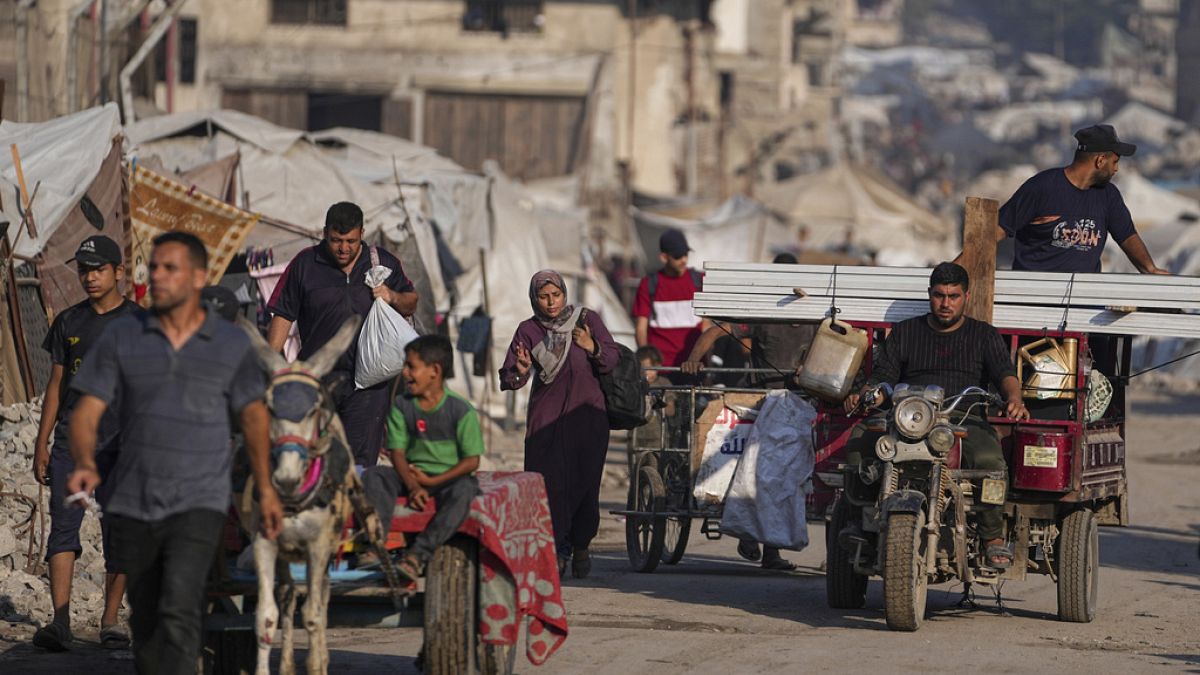

In the midst of a turbulent period in the Middle East, there are glimmers of potential progress and tranquility. Recent discussions and actions from key international figures reveal the multifaceted efforts underway to encourage peace in the region. These initiatives shine a light of hope amid ongoing tensions and offer the possibility of a more stable and harmonious future.
The United States has been at the center of these peacemaking efforts, with President Donald Trump advocating for a ceasefire in Gaza. On a recent Sunday morning, he passionately called for a resolution, urging all parties involved to “make the deal in Gaza” and prioritize the return of hostages. This appeal underscores a commitment to fostering dialogue and reducing hostilities, aiming for lasting peace in this long-contentious area.
Concurrently, Benjamin Netanyahu, the Prime Minister of Israel, has highlighted what he describes as “broad regional possibilities.” His remarks imply a shift towards threading new diplomatic avenues, suggesting that the landscape of the Middle East is not just defined by conflict, but also by opportunities for collaboration and resolution. The potential for dialogue between Syria and Israel, as hinted by U.S. Ambassador to Türkiye Thomas Barrack, adds another layer to these evolving dynamics. He notes that the recent tensions have opened the door for behind-the-scenes discussions between these nations, fostering a conducive environment for building bridges over previous divides.
Despite these forward-looking efforts, the situation on the ground remains complex. In alignment with its strategic objectives, Israel has initiated new mass evacuations in northern Gaza, indicating an expansion of military operations in the area. Such measures are often orchestrated with the dual aim of ensuring civilian safety and maintaining necessary defensive postures, yet they inevitably contribute to an already stressed humanitarian situation.
On the diplomatic front, Iran has expressed skepticism regarding Israel’s commitment to any ceasefire agreement. Responses from Iran echo ongoing concerns about regional stability, suggesting that past events continue to influence current perspectives. Notably, Iran has reaffirmed its readiness to defend itself if provoked, framing its stance within a paradigm of preparation and resilience.
The human impact of these geopolitical maneuvers is palpable, as demonstrated by the tragic reports from Gaza. According to local sources, airstrikes have led to significant losses, including the deaths of several civilians. These incidents remind us of the crucial importance of diplomatic solutions aimed at preserving life and upholding the dignity of all affected populations.
Nonetheless, the continued advocacy for peace by influential leaders offers a beacon of hope. President Trump’s persistent push for a ceasefire seeks to pave a path towards de-escalation and diplomatic engagement, signaling a desire for resolution that transcends the immediacy of military objectives. The unity of purpose in working towards a peaceful Middle East, however complex or obstructed, remains an essential endeavor.
In conclusion, while the path to peace in the Middle East is fraught with challenges, the initiatives unfolding demonstrate a remarkable blend of diplomacy, calls for coexistence, and the quest for security. As the region navigates these delicate yet promising avenues, the collective hope is that enduring peace can eventually transform the landscape, offering its people a future marked by calm and shared prosperity.
Source: {link}
